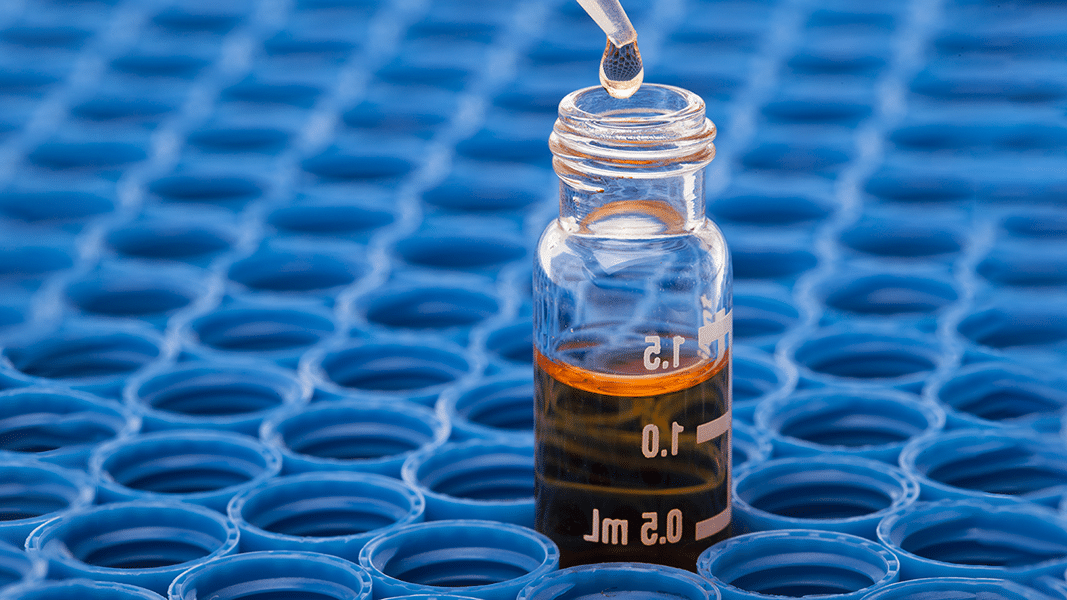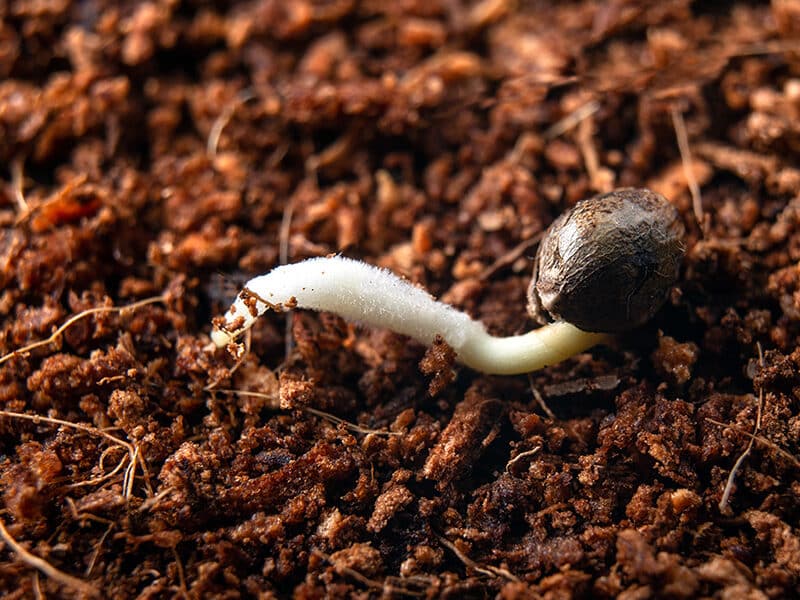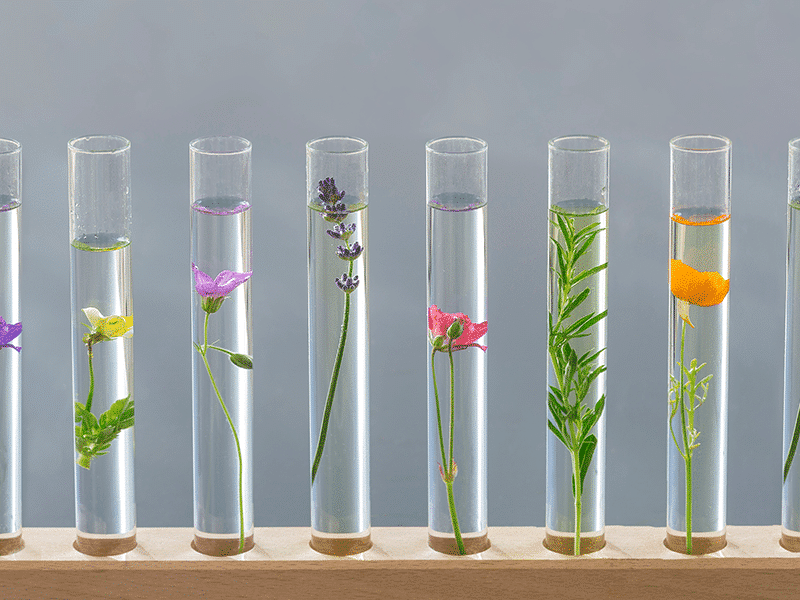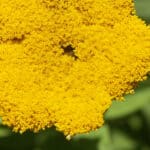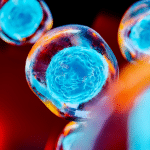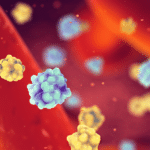If there’s a single lesson from cannabis science that has influenced the popular conception of marijuana over the last decade, it’s this: THC is not alone. Of course there’s CBD, the erstwhile sidekick now starring in its own show. There are also terpenes, which impart flavor, aroma, and therapeutic effects, and are increasingly used to classify and market cannabis flower. And there are the so-called “minor cannabinoids” like cannabigerol (CBG) and cannabinol (CBN), less studied and less abundant than either THC or CBD but increasingly common on product labels in legal markets with advanced testing requirements.
But wait, there’s much more. It seems the longer researchers probe and prod this productive plant, the greater number of interesting compounds they find in it. For example, a California- and Vancouver, Canada-based cannabis company called Juva Life has recently publicized its interest in – and filing of patent applications for – a pair of small, non-cannabinoid molecules it calls JUVA-019 and JUVA-014. Internal research indicates these compounds may be effective anti-inflammatories, the company has claimed in press releases since August 2021.
This work has not yet been published or peer-reviewed, but in a statement to Project CBD, a spokesperson said that the company has “initiated preclinical development studies to understand pharmacology in animal models for relevant human diseases,” and that “once [its] IP position is secure, [the company] will submit for peer review.”
Kynurenine & Kynurenic Acid
Meanwhile, researchers in Italy have reported for the first time the presence of three other interesting compounds in cannabis: tryptophan, kynurenine, and kynurenic acid. In mammals, humans included, the neuromodulator kynurenine is a metabolite of the essential amino acid tryptophan, which we cannot synthesize and must acquire through our diet. Tryptophan is also our source of serotonin, itself a precursor of melatonin.
But only a small fraction of tryptophan is converted to serotonin. As the researchers write in their March 2022 paper in the Journal of Pharmaceutical and Biomedical Analysis,1 about 95 percent of it is metabolized to kynurenine. And some of this is further degraded to kynurenic acid, which has gained particular attention for its anti-oxidative, anti-inflammatory, and neuroprotective activities.
Both kynurenine and kynurenic acid have been previously detected in other plants, including pumpkin, sesame, potato, broccoli, honey, herbs, and spices – but it’s not yet known for certain how they got there, the authors write. While plants can synthesize tryptophan, they don’t metabolize it in the same way as animals. It may be that the plants are able to biosynthesize kynurenine and kynurenic acid in other ways, or perhaps they are absorbing them from the soil through their roots. It’s also not yet known exactly why these compounds may be present in plants, but some evidence suggests they could play a role in regulating plant growth.
Using high-performance liquid chromatography and high-resolution mass spectrometry, the study’s authors found tryptophan, kynurenine, and kynurenic acid throughout the cannabis plant, though typically in greater concentrations in the leaves than in the roots or stem. Of particular note is that kynurenic acid was detected at higher levels in cannabis overall than it has been so far in other plants, the authors write. Since this compound also has intriguing pharmacological properties and has been proposed as a functional food additive to treat obesity and to modulate gut microbiota, together these findings position cannabis as a novel and potentially promising “alternative” source of this metabolite.
“Considering the important role played by kynurenic acid in animals and humans, its accumulation in the leaves opens a new branch of the cannabis chemistry that makes this plant even more attractive than it already is,” the authors conclude.
Minor Cannabinoids
Also using liquid chromatography coupled to high-resolution mass spectrometry, researchers at the University of Basel in Switzerland have presented a new analytical method for characterizing in cannabis flower the presence of cannabinoids not called THC or CBD, of which there may be more than 150.
“The overall purpose of this study was to examine the ability of [these] techniques to distinguish cannabis varieties from each other by their minor cannabinoid fingerprint,” the authors write in their April 2022 paper in the journal Analytical and Bioanalytical Chemistry.2
Put another way, they sought to expand the traditional cannabis classification system based on THC–CBD balance (THC-dominant as type I, mixed as type II, CBD-dominant as type III) to account for the presence and relative levels of a whole host of other cannabinoids – more specifically their acidic precursors – such as Cannabielsoin Acid (CBEA), Cannabivarinic Acid (CBNVA), and Tetrahydrocannabibutolic Acid (THCBA).
To do so, they studied the chemical signatures of flower samples from 45 individual plants representing 18 different varieties of cannabis. They identified similarities and differences among the varieties and assessed intra-variety differences in cannabinoid contents of plants cultivated and stored under identical conditions.
The paper represents more of a proof of concept than an attempt to codify any new categories, but the authors clearly hope it lays the groundwork for more advanced “cannabinoid fingerprinting” in the future. “In-depth knowledge at the product level is key for product standardization, considered fundamental to ensure reproducible effects in humans,” they write.
Nate Seltenrich, Project CBD contributing writer, is the author of the column Bridging the Gap. An independent science journalist based in the San Francisco Bay Area, he covers a wide range of subjects, including environmental health, neuroscience, and pharmacology. © Copyright, Project CBD. May not be reprinted without permission.
Footnotes
- https://www.sciencedirect.com/science/article/abs/pii/S0731708522000577
- https://link.springer.com/article/10.1007/s00216-022-04026-2
Recommended Readings
Cannabis Roots
From traditional medicine to modern science
CBD & Its Entourage
Excerpted from “The Essential Guide to CBD” by the Editors of Reader’s Digest and Project CBD.
Medicinal Terpenes
Aromatic plant compounds reduce pain and stress, boost brain health, fight cancer and antibiotic-resistant bacteria, and more.

